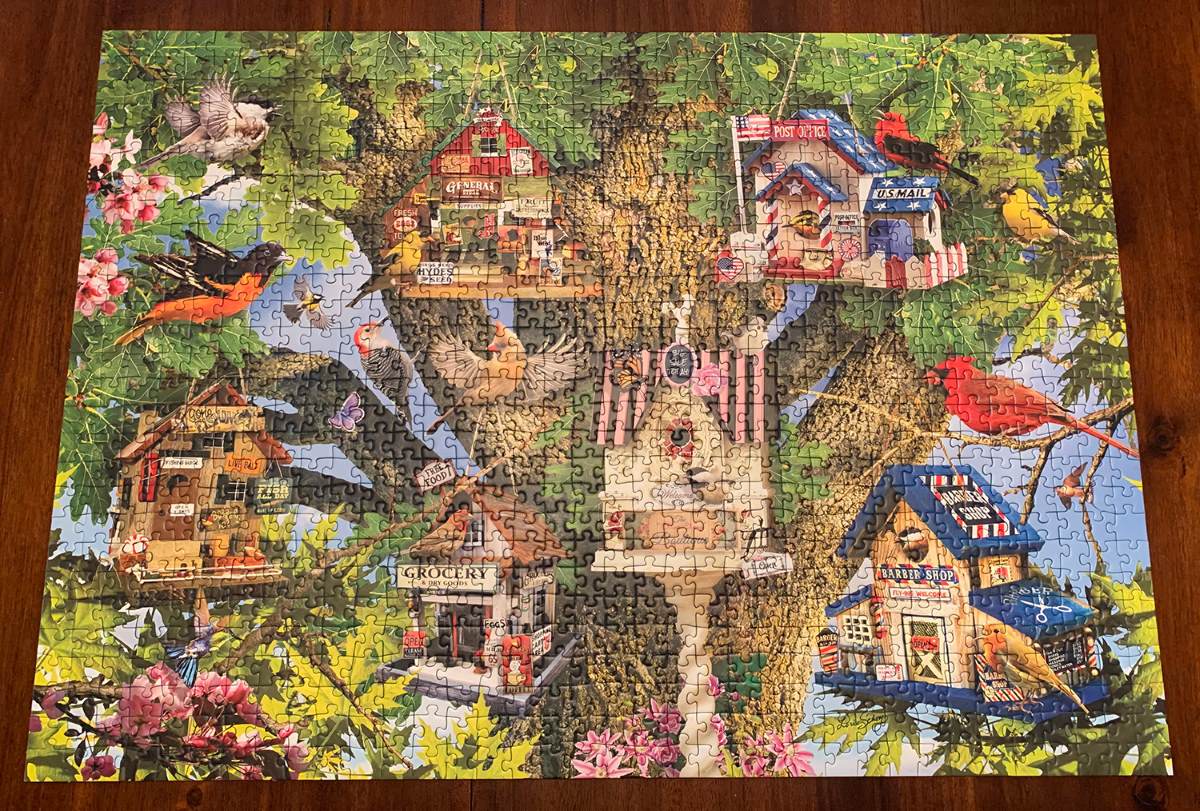

Articles
How To Store Puzzles When Done
Modified: March 2, 2024
Learn the best way to store puzzles when you're done with them. Our articles provide helpful tips and tricks to keep your puzzles organized and intact.
(Many of the links in this article redirect to a specific reviewed product. Your purchase of these products through affiliate links helps to generate commission for Storables.com, at no extra cost. Learn more)
Introduction
Completing a puzzle is a satisfying and fulfilling experience. It’s a thrilling journey of piecing together each fragment until the full picture emerges. However, once the final piece is put in place, the question arises: how do you store your puzzle when you’re done?
Proper puzzle storage is crucial to preserve your hard work and ensure that you can enjoy it again in the future. In this article, we’ll explore the importance of puzzle storage and provide you with some helpful tips to keep your completed puzzles safe and organized.
Key Takeaways:
- Proper puzzle storage is crucial for preserving completed puzzles, ensuring easy reassembly, saving space, and protecting against dust and humidity. Utilize storage mats, racks, and bags to maintain puzzle integrity.
- Organize and label puzzle pieces, use storage mats and racks, and protect puzzles from dust and humidity to ensure their longevity and future enjoyment. Implementing proper storage techniques preserves completed puzzles for years to come.
Read more: How To Store Puzzle
Why is puzzle storage important?
Storing puzzles properly is essential for several reasons:
- Preserving the completed puzzle: By storing your puzzle correctly, you can protect it from damage and ensure that it remains intact. This way, you can admire your finished masterpiece for years to come.
- Reassembling the puzzle: If you ever decide to revisit a completed puzzle, storing it properly will save you from the frustration of having to search for missing or damaged pieces. It allows you to quickly and easily assemble the puzzle again.
- Saving space: Storing puzzles efficiently allows you to maximize your storage space. Instead of leaving your completed puzzles lying around and taking up valuable surface area, you can neatly store them away.
Common challenges in storing puzzles
While it may seem straightforward, puzzle storage can present some challenges. Here are a few common issues:
- Space constraints: Limited storage space can make it difficult to find a suitable place for your completed puzzles.
- Piece organization: Keeping all the puzzle pieces together and ensuring that none are lost can be a struggle, particularly with larger puzzles.
- Protection from damage: Dust, humidity, and other environmental factors can damage your puzzle if it’s not stored properly.
Now that we understand the importance of puzzle storage and the challenges it can present, let’s explore some practical tips to overcome these hurdles and efficiently store your puzzles when you’re done.
Key Takeaways:
- Proper puzzle storage is crucial for preserving completed puzzles, ensuring easy reassembly, saving space, and protecting against dust and humidity. Utilize storage mats, racks, and bags to maintain puzzle integrity.
- Organize and label puzzle pieces, use storage mats and racks, and protect puzzles from dust and humidity to ensure their longevity and future enjoyment. Implementing proper storage techniques preserves completed puzzles for years to come.
Read more: How To Store Puzzle
Why is puzzle storage important?
Storing your completed puzzles properly is crucial for several reasons:
Preserving the completed puzzle: After spending hours or even days putting together a puzzle, you want to ensure its longevity. Proper storage will protect your puzzle from damage, keeping it intact and preserving your hard work. Without proper storage, the completed puzzle could become vulnerable to accidental spills, bending, or even pets or children getting ahold of it.
Reassembling the puzzle: You might want to revisit the completed puzzle in the future, either for your own enjoyment or to share it with others. Storing the puzzle properly will prevent any lost or damaged pieces. By keeping all the puzzle pieces in one place, you can easily put the puzzle back together whenever you desire without any frustrations or missing parts.
Saving space: Completed puzzles can take up a significant amount of space, especially if you’re an avid puzzle enthusiast. Proper storage methods allow you to maximize your storage space. Instead of leaving completed puzzles scattered around or taking up valuable surface area, you can neatly store them away in a compact manner. This way, you can have more room for other activities or new puzzles.
Protecting the puzzle from dust and humidity: Dust and humidity are common culprits that can cause damage to puzzles. Dust particles can accumulate on the puzzle’s surface, making it difficult to clean and potentially causing discoloration or scratches. Humidity can warp puzzle pieces, making them harder to fit together. Proper storage methods can help shield your puzzles from these hazards, ensuring they remain in pristine condition.
Easy accessibility: When you have a collection of completed puzzles, organizing and storing them properly allows for easy accessibility. You can quickly locate a specific puzzle when you want to admire it or share it with others. By implementing a systematic storage system, you can easily locate and retrieve any puzzle from your collection without rummaging through piles or wasting time.
By understanding the significance of puzzle storage, you can take the necessary steps to protect your completed puzzles and enjoy them for years to come. In the following sections, we will explore some practical tips and techniques to help you store your puzzles effectively.
Common challenges in storing puzzles
Storing puzzles when you’re done can present a few challenges. Here are some common issues you might encounter:
Space constraints: One of the most common challenges in puzzle storage is finding adequate space. Completed puzzles can take up a significant amount of room, especially if they are large or if you have multiple puzzles. You may need to get creative in order to find a suitable storage solution that fits within your available space.
Piece organization: Keeping track of all the puzzle pieces can be quite challenging, particularly with larger puzzles that contain hundreds or even thousands of pieces. If the puzzle pieces become mixed up or misplaced, it can be incredibly frustrating when you want to reassemble the puzzle in the future. Proper organization is key to ensuring that all the pieces stay together and are easily accessible.
Protection from damage: Dust and humidity can pose a threat to the longevity of your completed puzzles. Dust can accumulate on the puzzle’s surface, making it difficult to clean and potentially causing damage. Humidity can warp the puzzle pieces, making them harder to fit together and compromising the overall quality of the puzzle. Finding a way to protect your puzzles from these environmental factors is essential.
Transportation and mobility: If you enjoy working on puzzles outside of your home or like to take them with you when traveling, finding a portable storage solution can be a challenge. You’ll need to consider how to safely transport the puzzle without damaging it or losing any pieces along the way.
Identification: Another common challenge in puzzle storage is identifying the specific puzzle in your collection. When you have multiple completed puzzles to store, it can be difficult to remember which puzzle is which, especially if the boxes or images look similar. This can make it challenging to find a specific puzzle when you want to revisit it or share it with others.
While these challenges may seem daunting, there are practical solutions and strategies that can help you overcome them. In the following sections, we will discuss some valuable tips and techniques for storing puzzles when you’re done. With these ideas in mind, you’ll be able to tackle the challenges of puzzle storage and keep your collection organized and well-preserved.
Read more: How To Store Toddler Puzzles
Tips for storing puzzles when done
When it comes to storing puzzles once you’ve completed them, there are several helpful tips and techniques you can utilize to keep them safe and organized. Here are some practical suggestions that will ensure your puzzles remain in excellent condition:
- Sort and organize the puzzle pieces: Before storing your puzzle, take the time to sort and organize the pieces. This can be especially helpful for larger puzzles with a higher piece count. Separate the pieces by color or design and place them in resealable bags or containers. Label the bags or containers with the puzzle’s name or number to make it easier to identify later.
- Use puzzle storage mats or boards: Puzzle storage mats or boards are convenient tools that allow you to roll up and store your completed puzzle. These mats are made of felt or fabric and provide a soft surface to assemble and store your puzzle. Simply roll the puzzle onto the mat and secure it with the included straps or bands. This method saves space and protects the puzzle from damage.
- Consider puzzle storage racks or cases: Puzzle storage racks or cases are specifically designed to hold and protect completed puzzles. These racks often have multiple shelves or compartments to store puzzles of different sizes. Alternatively, puzzle storage cases function as a portable solution, allowing you to store and transport your puzzles safely. Choose a storage option that fits your collection and space requirements.
- Utilize puzzle storage bags or boxes: Puzzle storage bags or boxes are great for keeping all the puzzle pieces together and preventing any loss or damage. These bags or boxes are often made of durable materials like nylon or plastic and can be sealed to keep out dust and humidity. Additionally, some bags or boxes have handles for easy transportation, making them ideal for on-the-go puzzle enthusiasts.
- Keep track of puzzle contents with labels: To avoid confusion when you have multiple completed puzzles, label the storage containers with the puzzle’s name or number. This makes it easier to identify the puzzle you want to revisit in the future without having to open each container and search through them. Clear and legible labels will save you time and frustration.
- Store puzzles in a dry and clean environment: Moisture and dust are the enemies of puzzles. Ensure that the storage location for your puzzles is dry and free from excessive humidity. If possible, store them in a place where temperature and humidity can be controlled, such as a closet or a dedicated storage area. Avoid areas prone to dampness or fluctuations in temperature.
- Protect puzzles from dust and humidity: Even in a clean and dry environment, puzzles can still be exposed to dust and humidity. Consider using puzzle preserver sheets or clear plastic wrap to provide an extra layer of protection. Place the puzzle on a clean, flat surface, cover it with the preserver sheets or wrap, and secure the edges with tape. This will shield the puzzle from dust and help maintain its condition.
By implementing these tips, you can effectively store your completed puzzles and ensure their longevity. Take the time to choose the storage method that suits your needs and preferences. With proper storage, you can enjoy your completed puzzles for years to come and easily share them with others.
Sort and organize the puzzle pieces
Sorting and organizing the puzzle pieces before storing them is an important step to ensure the puzzle remains intact and easily accessible in the future. Here are some tips to help you effectively sort and organize the puzzle pieces:
- Clear a workspace: Start by clearing a spacious and clean workspace where you can spread out the puzzle pieces. This will allow you to see the pieces clearly and make sorting easier.
- Separate the edge pieces: Begin by sorting out the edge pieces. These pieces typically have a straight edge and form the perimeter of the completed puzzle. Place them in a separate pile or container as they will be the first ones you’ll need when reassembling the puzzle.
- Group pieces by color or design: Sort the remaining pieces based on their color, design, or any other identifiable characteristics. This will make it easier to find and assemble specific sections of the puzzle later on. You can use small containers or resealable bags for each color or design group.
- Label the containers: To keep track of the different groups of puzzle pieces, label each container or bag with a description of the color or design they contain. This will help you quickly identify the desired pieces when you want to reassemble the puzzle.
- Use organizers or trays: Consider using organizers or sorting trays with compartments to keep the puzzle pieces organized. These trays have multiple sections that can hold different groups of puzzle pieces. They are particularly useful for puzzles with a large number of pieces, helping you keep everything in its place.
- Document the puzzle details: If the puzzle has a unique name or number, make note of it on a piece of paper or in a digital document. This will serve as a reference for future identification and retrieval of the puzzle.
- Store the sorted pieces: Once you have finished sorting and organizing the puzzle pieces, place them in containers, resealable bags, or sorting trays. Make sure they are securely closed to prevent any loss or mixing of the pieces.
By taking the time to sort and organize the puzzle pieces before storing them, you will make the process of reassembling the puzzle much smoother and more enjoyable. It will also help prevent any frustration caused by missing or misplaced pieces. With a well-organized system in place, you can easily pick up where you left off or share the joy of completing the puzzle with others.
Store completed puzzles by carefully sliding them onto a large piece of cardboard or foam board, then wrap with plastic wrap to keep pieces in place. This makes it easy to move and store without losing pieces.
Use puzzle storage mats or boards
Puzzle storage mats or boards are excellent tools for safely storing completed puzzles. They offer convenience and protection, allowing you to easily roll up and store your puzzles without worrying about any damage or loss of pieces. Here’s how you can make the most of puzzle storage mats or boards:
- Select the right size: Choose a puzzle storage mat or board that matches the size of your completed puzzle. Mats and boards come in various sizes to accommodate different puzzle dimensions, so make sure to measure your puzzle beforehand.
- Lay the puzzle on the mat or board: Once you’ve selected the appropriate size, lay the completed puzzle carefully on the mat or board. Ensure that the puzzle is centered and aligned properly, especially if the mat or board has guidelines or markings.
- Secure the puzzle: Some puzzle storage mats or boards come with straps or bands to secure the rolled-up puzzle. If your mat or board has these features, use them to wrap and fasten the puzzle securely. This will prevent it from unraveling and ensure that the puzzle remains intact during storage.
- Roll up the puzzle: Starting from one side, gently roll up the puzzle and mat together, applying even pressure. Take your time to roll it tightly but not too tightly, so as not to damage or warp the puzzle. Be careful not to let any puzzle pieces shift or fall out along the way.
- Secure the rolled-up puzzle: Once the puzzle is rolled up, use the provided straps or bands to secure it in place. If your mat or board doesn’t have these features, you can use rubber bands or string to keep the puzzle tightly rolled.
- Store the rolled-up puzzle: Find a suitable storage space for the rolled-up puzzle. Ideally, choose a location where it will be protected from dust, moisture, and any potential damage. Vertical storage, such as in a closet or on a shelf, can help save space and keep the puzzle in good condition.
- Unrolling the puzzle: When you’re ready to work on the puzzle again, gently unroll the puzzle storage mat or board. Lay it out on a clean and sturdy surface, making sure it’s free from dust or debris. The puzzle should unroll smoothly and be ready to assemble without any damage or missing pieces.
Puzzle storage mats or boards provide an efficient and space-saving solution for storing completed puzzles. They not only protect the puzzle but also make it easy to transport and store without any hassle. By utilizing these mats or boards, you can safeguard your completed puzzles and ensure that they remain in perfect condition for future enjoyment.
Consider puzzle storage racks or cases
If you’re a frequent puzzler or have a collection of completed puzzles, investing in puzzle storage racks or cases can be a game-changer. These specialized storage solutions offer convenience, organization, and protection for your puzzles. Here’s how you can make the most of puzzle storage racks or cases:
- Choose the right size and capacity: Puzzle storage racks or cases come in various sizes and with different capacities. Consider the number and sizes of your completed puzzles to select a rack or case that can accommodate your collection. Make sure it has enough shelves or compartments to store the puzzles without them overlapping or being squished together.
- Organize puzzles by size or theme: When using a puzzle storage rack, take the opportunity to organize your puzzles. Group them by size or theme, placing similar puzzles together. This way, you can easily find the puzzle you want to work on or showcase when the time comes.
- Stack puzzles vertically: Utilize the vertical space in the storage rack or case by stacking puzzles vertically. This helps save space and allows for better organization. However, make sure the puzzles are adequately supported and not under too much pressure to prevent any potential damage.
- Protect puzzles from dust and humidity: Ensure that the puzzle storage rack or case has proper protection against dust and humidity. Look for enclosed or covered options that prevent dust from settling on the puzzles. If the rack or case is not entirely enclosed, consider using puzzle preserver sheets or clear plastic wrap to provide an extra layer of protection.
- Label the racks or cases: To locate specific puzzles quickly, label each shelf or compartment of the storage rack or case. Use clear labels or tags to identify the puzzle’s name or number. This labeling system will save you time and effort when you want to find a specific puzzle.
- Consider puzzle storage cases for portability: If you enjoy working on puzzles outside of your home or like to take them on trips, puzzle storage cases can be a convenient option. These cases are designed to hold and protect puzzles, and some even come with handles for easy transportation. Look for sturdy cases with secure closures to ensure the safety of your puzzles during travel.
- Regularly clean and maintain the storage racks or cases: Keep your puzzle storage racks or cases clean and well-maintained. Regularly dust them off and wipe them down with a clean cloth or mild cleaner. This will help preserve the longevity and appearance of the racks or cases, ensuring that your puzzles remain in a clean and safe environment.
Puzzle storage racks or cases provide a dedicated and efficient solution for storing and organizing your completed puzzles. Not only do they protect your puzzles from damage, dust, and humidity, but they also make it easy to access and display your collection. Consider investing in a puzzle storage rack or case to keep your puzzles safe and well-organized, whether you have a small or extensive collection.
Read more: How To Store Puzzle Boxes
Utilize puzzle storage bags or boxes
Puzzle storage bags or boxes are practical and versatile options for keeping your completed puzzles safe and organized. They provide a compact and protective solution that allows you to store puzzles of various sizes. Here’s how you can effectively utilize puzzle storage bags or boxes:
- Choose the right size: Select puzzle storage bags or boxes that accommodate the size of your completed puzzle. It’s essential to choose a bag or box that provides enough space for the puzzle without excessive bending or squeezing.
- Ensure durability: Look for puzzle storage bags or boxes made of sturdy and durable materials. Heavy-duty nylon or plastic bags and boxes are excellent options as they provide sufficient protection against dust and moisture.
- Disassemble the puzzle if necessary: If your completed puzzle is larger than the bag or box you have, consider disassembling it into smaller sections. Separate the puzzle into manageable parts and store them in individual bags or boxes. Make sure to label each bag or box with the puzzle’s name or number for easy identification later.
- Place the puzzle in the bag or box: Carefully slide or lower the completed puzzle into the puzzle storage bag or box. If you’ve disassembled the puzzle, make sure each section is placed in the appropriate bag or box. Ensure that the puzzle lies flat and doesn’t bend or warp during storage.
- Seal the bag or box: Close the puzzle storage bag tightly or secure the box with its lid. Ensure that the bag or box is securely sealed to prevent any dust or humidity from entering. If the bag has a zip-top closure, double-check that it is fully sealed.
- Label the bags or boxes: To easily identify the puzzles in the storage bags or boxes, label each bag or box with the puzzle’s name or number. You can use adhesive labels or write directly on the bag or box. Clear and legible labeling will help you quickly locate the desired puzzle without having to open each bag or box.
- Store the bags or boxes: Find a suitable storage space for the puzzle storage bags or boxes. It’s important to store them in a dry and clean environment away from excessive heat, moisture, or direct sunlight. Ideally, choose a place where you can easily access the bags or boxes when you want to retrieve or work on a specific puzzle.
- Consider puzzle storage racks or shelves: If you have multiple puzzle storage bags or boxes, consider using puzzle storage racks or shelves to keep them organized. These racks or shelves can hold the bags or boxes upright, making it easier to find and retrieve a specific puzzle without disturbing the others.
Utilizing puzzle storage bags or boxes provides a practical and efficient solution for keeping your completed puzzles protected and organized. Whether you have a small or large collection, these storage options allow you to maximize space while ensuring easy access and preservation of your puzzles. With proper utilization of puzzle storage bags or boxes, your completed puzzles will remain in excellent condition and ready for future enjoyment.
Keep track of puzzle contents with labels
When storing your completed puzzles, it’s important to keep track of their contents to easily identify and locate specific puzzles in the future. Here are some tips for effectively keeping track of puzzle contents with labels:
- Label the puzzle storage containers: Whether you’re using puzzle storage bags, boxes, or other storage solutions, label each container with a description of the puzzle’s name or number. This simple step will save you time and effort when searching for a specific puzzle later on.
- Choose clear and readable labels: Opt for clear and readable labels that will remain legible over time. You can use adhesive labels or write directly on the storage containers using a permanent marker or label maker. Make sure the labels are securely attached and won’t easily smudge or peel off.
- Include additional details: Besides the puzzle’s name or number, you can include additional details on the labels. For example, you might note the puzzle’s theme, size, or number of pieces. These additional details can help further differentiate and identify your puzzles.
- Color-code your labels: To enhance organization, consider color-coding your labels based on different categories or themes. For example, you can use one color for landscape puzzles and another for animal-themed puzzles. This color-coding system makes it easier to visually identify and retrieve specific puzzles.
- Create a digital inventory: Consider creating a digital inventory of your completed puzzles. You can use a spreadsheet or a note-taking app to list all your puzzles, along with their respective details and storage locations. This digital inventory serves as a quick reference guide and allows you to search for specific puzzles by name, theme, or other criteria.
- Update the labels regularly: As you add new puzzles to your collection or reorganize your storage, remember to update the labels accordingly. Remove labels for puzzles that are no longer in your collection and create new labels for newly acquired puzzles. Keeping your labels up to date will ensure accurate and efficient tracking of puzzle contents.
- Review and maintain the labels: Regularly review the labels on your puzzle storage containers to ensure their accuracy and legibility. If any labels become faded or difficult to read, replace them promptly. Additionally, if you make changes to the storage locations, update the labels accordingly to avoid confusion in the future.
By keeping track of puzzle contents with labels, you’ll have a well-organized system for locating and retrieving your completed puzzles. Whether you prefer physical labels on the storage containers or a digital inventory, consistent and accurate labeling will save you time and make the process of finding and enjoying your puzzles much easier.
Store puzzles in a dry and clean environment
Creating the right storage conditions for your completed puzzles is essential to maintain their longevity and condition. Storing puzzles in a dry and clean environment will protect them from damage caused by moisture, dust, and other contaminants. Here’s how you can ensure an optimal storage environment:
- Avoid moisture-prone areas: Store your puzzles in a location with low humidity and minimal exposure to moisture. Moisture can warp the puzzle pieces and lead to mold growth or deterioration. Keep puzzles away from areas such as basements, attics, or bathrooms, which tend to be more prone to moisture issues.
- Choose a clean storage space: Select a storage area that is clean and free from dust, dirt, and other debris. Dust particles can accumulate on the surface of the puzzle, making it difficult to clean and potentially causing damage. Keep the storage space well-maintained and regularly clean the area to prevent the buildup of dust.
- Consider temperature and humidity control: If possible, store puzzles in a space where you can control the temperature and humidity levels. Extreme fluctuations in temperature and humidity can negatively impact the condition of the puzzle. Aim for a stable and moderate environment to ensure the longevity of your puzzles.
- Use air-tight containers when necessary: If you’re storing puzzles in an area that is prone to dust or humidity, consider using air-tight containers to provide an extra layer of protection. Air-tight containers can help keep out dust particles and maintain a stable humidity level, preserving the quality of your puzzles.
- Keep puzzles off the floor: Avoid storing puzzles directly on the floor, as it can increase the risk of exposure to dirt, moisture, and potential damage. Use shelves, racks, or storage containers to elevate the puzzles and keep them safe from any potential hazards that may be present on the floor.
- Regularly inspect and clean the storage area: Periodically inspect the storage area for any signs of moisture, pests, or dust accumulation. Address any issues promptly to prevent further damage to your puzzles. Additionally, clean the storage area regularly to eliminate dust and maintain a clean environment.
- Check for pest control: Pests such as insects or rodents can damage your puzzles. Take preventive measures to control pests in your storage area, such as sealing any cracks or openings and using pest repellents if necessary. Regularly check your puzzles for any signs of pest activity and address the issue promptly if detected.
By storing your puzzles in a dry and clean environment, you’ll ensure their continued enjoyment and preservation. Proper storage conditions will help prevent damage from moisture, dust, and pests, allowing you to display and revisit your completed puzzles for years to come.
Protect puzzles from dust and humidity
Dust and humidity are common culprits that can damage puzzles over time. To ensure the longevity and quality of your completed puzzles, it is crucial to take measures to protect them from these elements. Here are some tips to safeguard your puzzles from dust and humidity:
- Store puzzles in sealed bags or containers: Use sealed puzzle storage bags or containers to keep dust out and maintain a clean environment for your puzzles. These bags or containers can provide a protective barrier against dust particles that can accumulate on the puzzle’s surface.
- Utilize puzzle preserver sheets: Puzzle preserver sheets or clear plastic wrap can be used to cover the puzzle’s surface and provide an extra layer of protection. Place the puzzle on a clean and flat surface, cover it with the preserver sheets or wrap, and secure the edges with tape. This method prevents dust from settling on the puzzle and helps maintain its condition.
- Store puzzles in a closed and dust-free cabinet: If you have a dedicated cabinet or storage space for your puzzles, make sure it has doors or drawers that can be tightly closed to keep out dust. Regularly clean the inside of the cabinet to prevent any dust accumulation.
- Consider using puzzle storage racks or cases: Puzzle storage racks or cases often come with covers or doors that help protect puzzles from dust and humidity. These storage solutions provide an enclosed and controlled environment for your puzzles, ensuring better preservation.
- Keep puzzles away from direct sunlight: Sunlight can fade the colors of your puzzles and cause them to deteriorate over time. Avoid storing puzzles in areas where they are exposed to direct sunlight, as prolonged exposure can lead to discoloration and damage.
- Control the humidity in the storage area: Excessive humidity can lead to warping, sticking, or mildew growth on puzzles. Using a dehumidifier or moisture-absorbing products in the storage area can help maintain the desired humidity level and protect your puzzles from the harmful effects of excess moisture.
- Regularly clean the puzzles: Dust can still accumulate on puzzles, even when they are stored in protective containers. Regularly dust and clean your puzzles using a soft cloth or a gentle brush to remove any dust or debris that might have settled on the surface.
By taking the necessary precautions to protect your puzzles from dust and humidity, you can ensure their longevity and quality. These simple measures will help maintain the appearance and structural integrity of your puzzles, allowing you to continue enjoying them for years to come.
Read more: How To Store A Puzzle
Conclusion
Proper storage of completed puzzles is crucial to preserve their integrity, protect them from damage, and ensure their future enjoyment. By following these tips and techniques, you can store your puzzles effectively and maintain their longevity:
- Sort and organize the puzzle pieces before storage to keep them together and easily accessible.
- Utilize puzzle storage mats or boards to roll up and store your puzzles, saving space and protecting them from damage.
- Consider puzzle storage racks or cases to organize and protect your puzzles, especially if you have a large collection.
- Utilize puzzle storage bags or boxes to keep puzzles together and safeguard them from dust and humidity.
- Label the puzzle storage containers to easily identify and retrieve specific puzzles.
- Store puzzles in a dry and clean environment to prevent moisture damage and dust accumulation.
- Take measures to protect puzzles from dust and humidity, such as using sealed bags, preserver sheets, and dust-free storage solutions.
With these strategies in place, you can ensure that your completed puzzles remain in excellent condition and are easily accessible for future enjoyment. Remember to regularly maintain and clean the storage area, inspect the puzzles for any signs of damage, and update labels or inventory lists as needed.
Preserving your completed puzzles not only allows you to revisit your accomplishments but also enables you to share them with others or pass them down as cherished keepsakes. By implementing proper puzzle storage techniques, you can enjoy your completed puzzles for years to come, relishing in the memories and satisfaction they bring.
Frequently Asked Questions about How To Store Puzzles When Done
Was this page helpful?
At Storables.com, we guarantee accurate and reliable information. Our content, validated by Expert Board Contributors, is crafted following stringent Editorial Policies. We're committed to providing you with well-researched, expert-backed insights for all your informational needs.
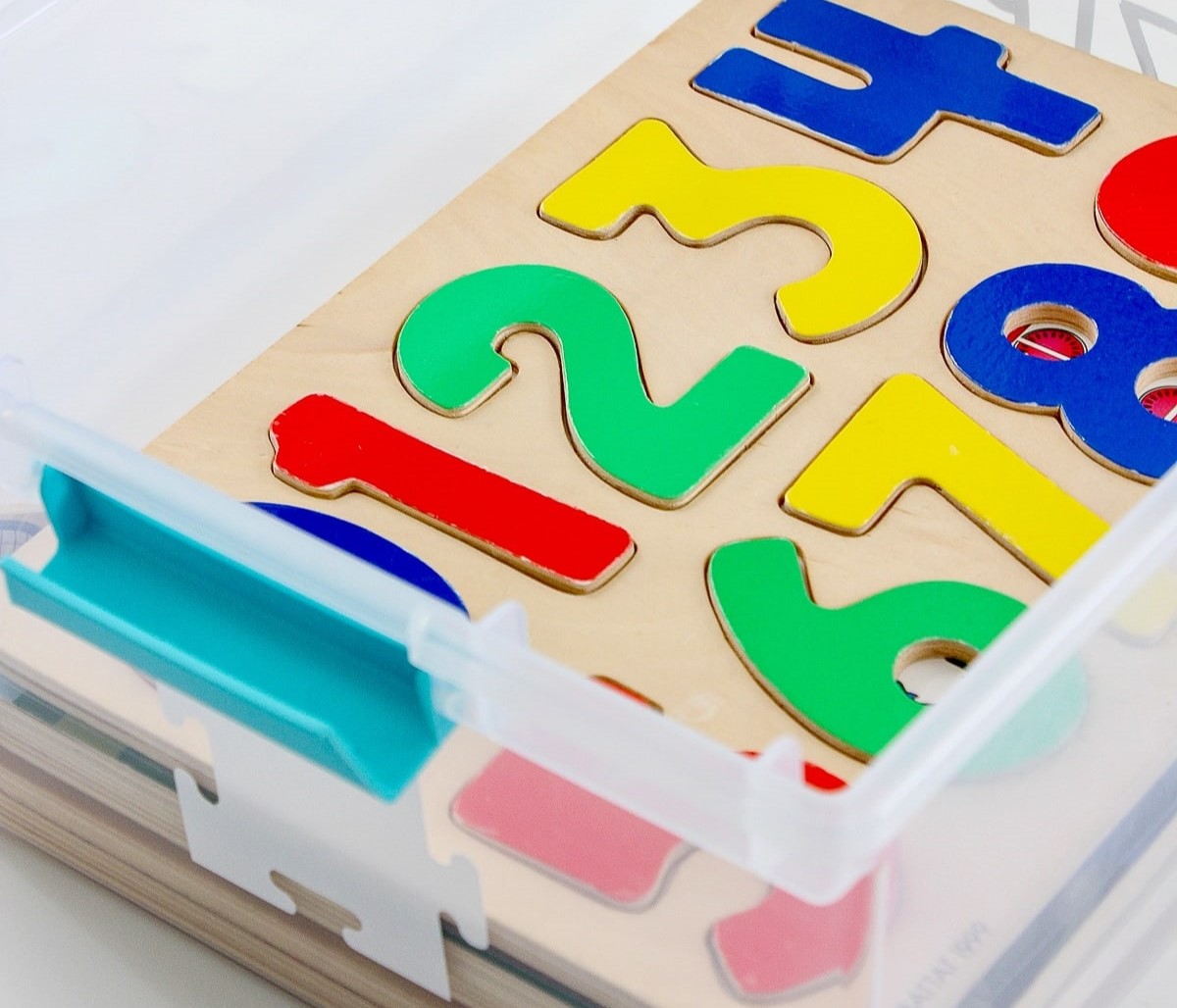
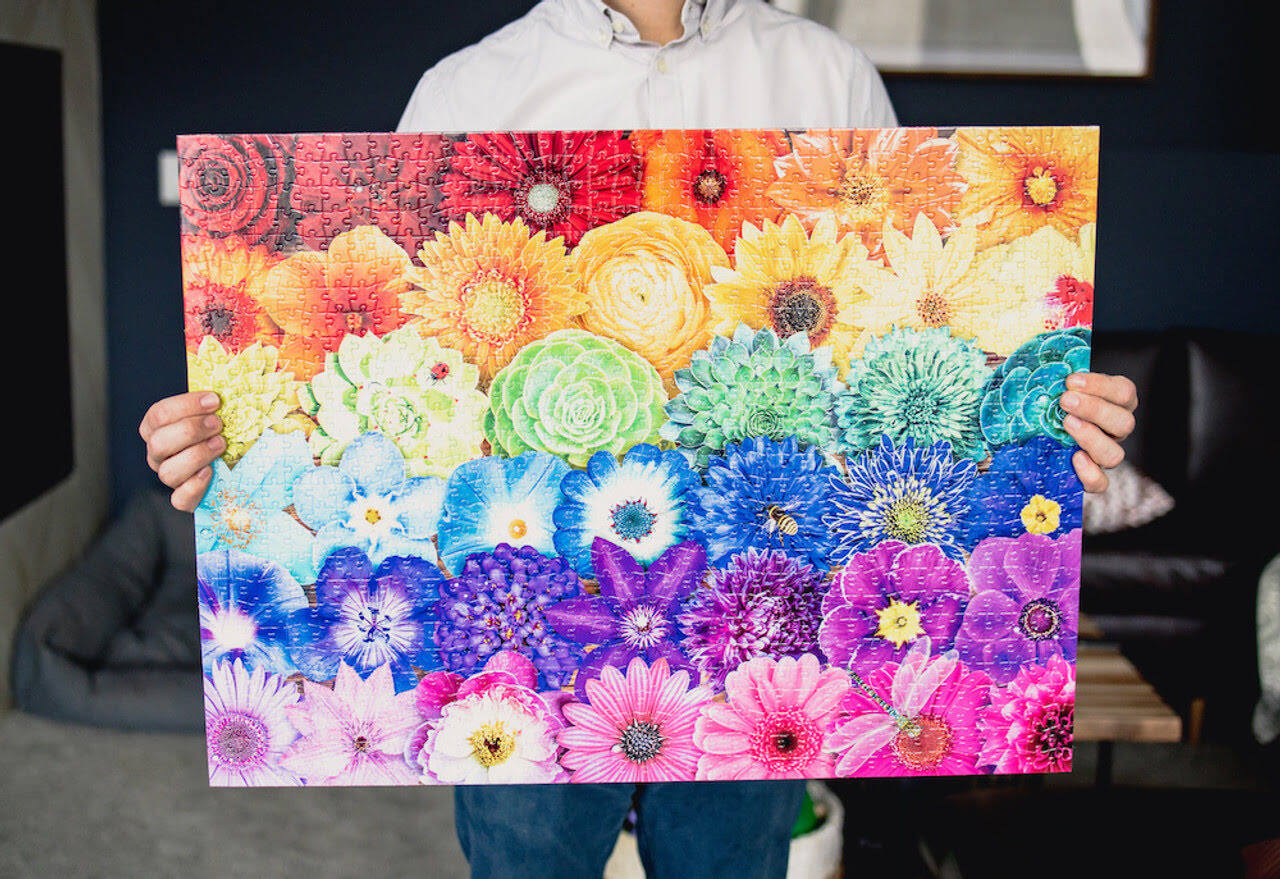
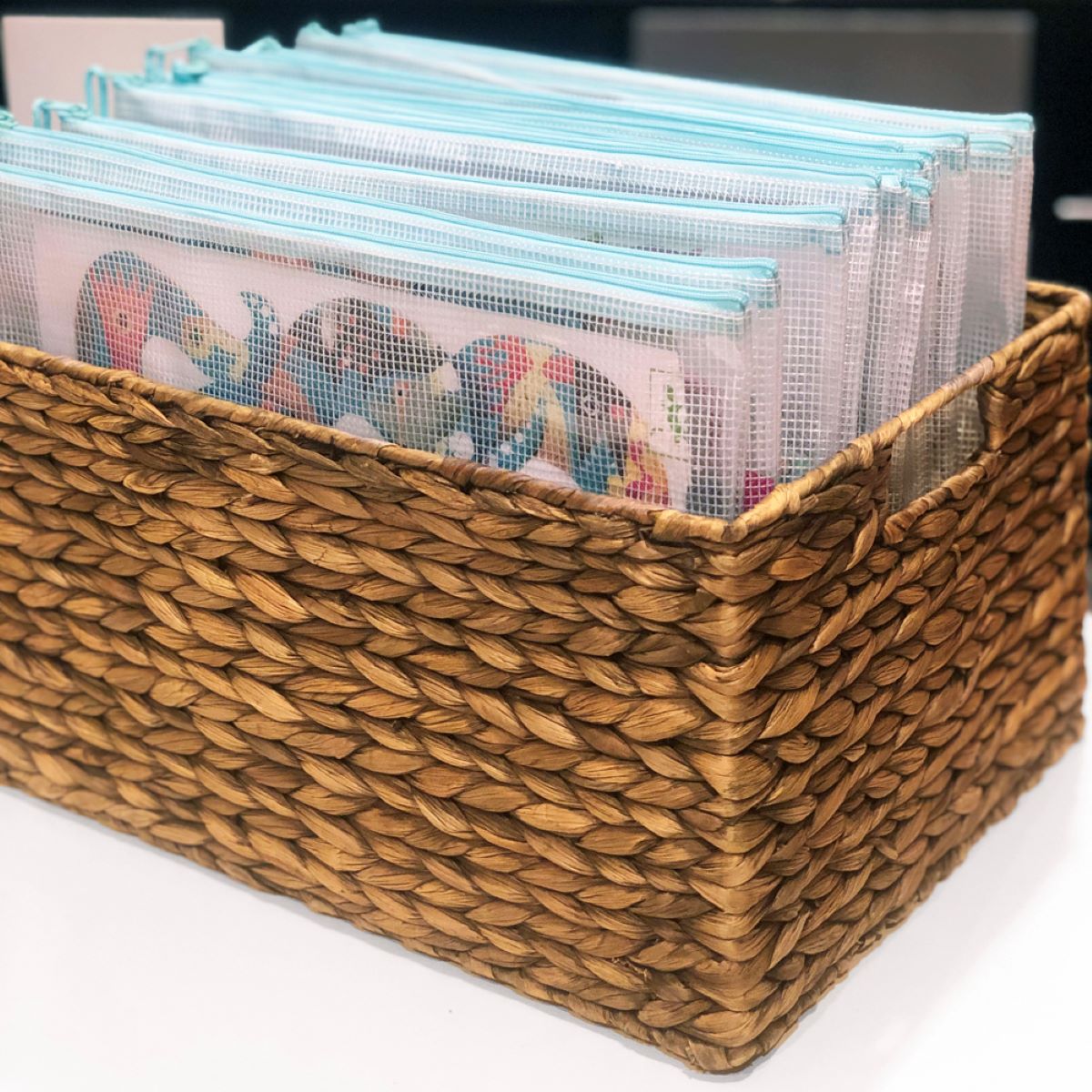
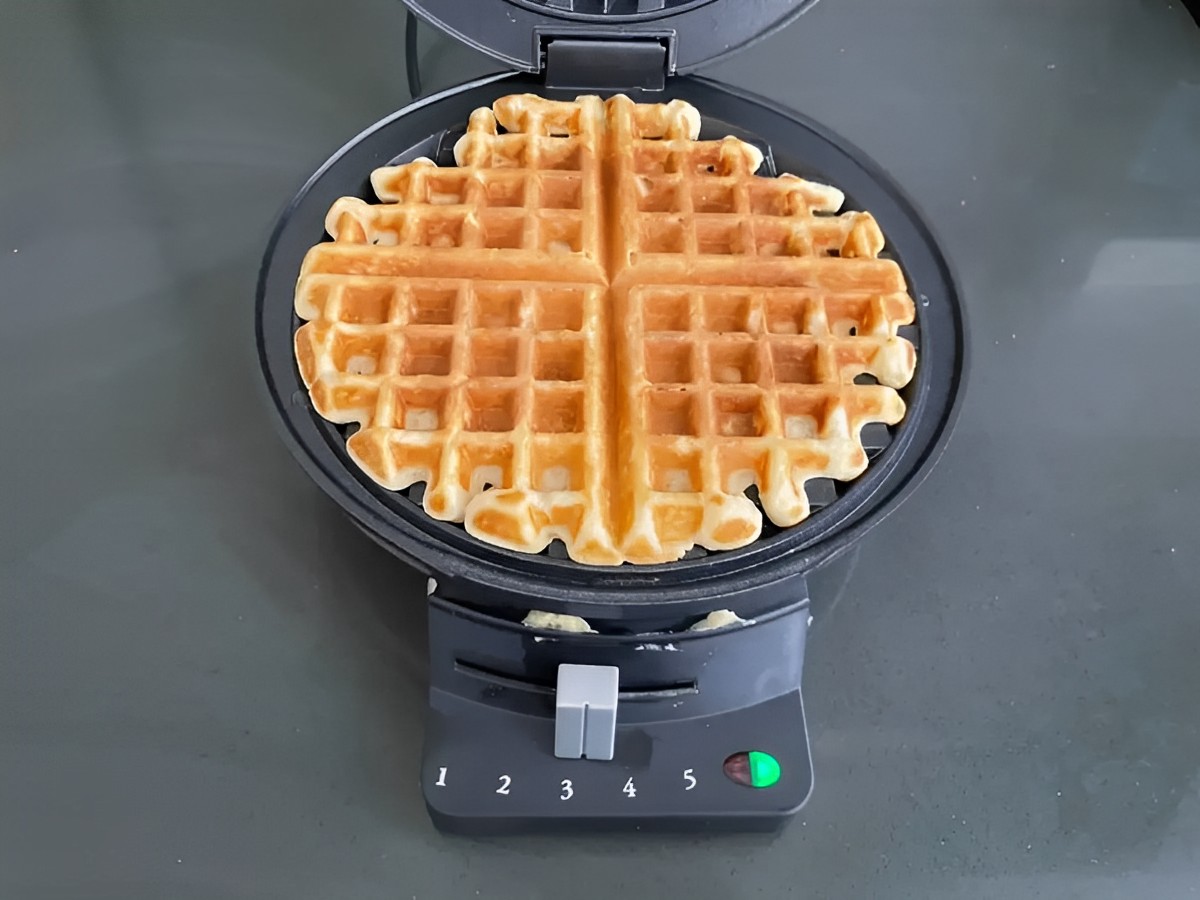
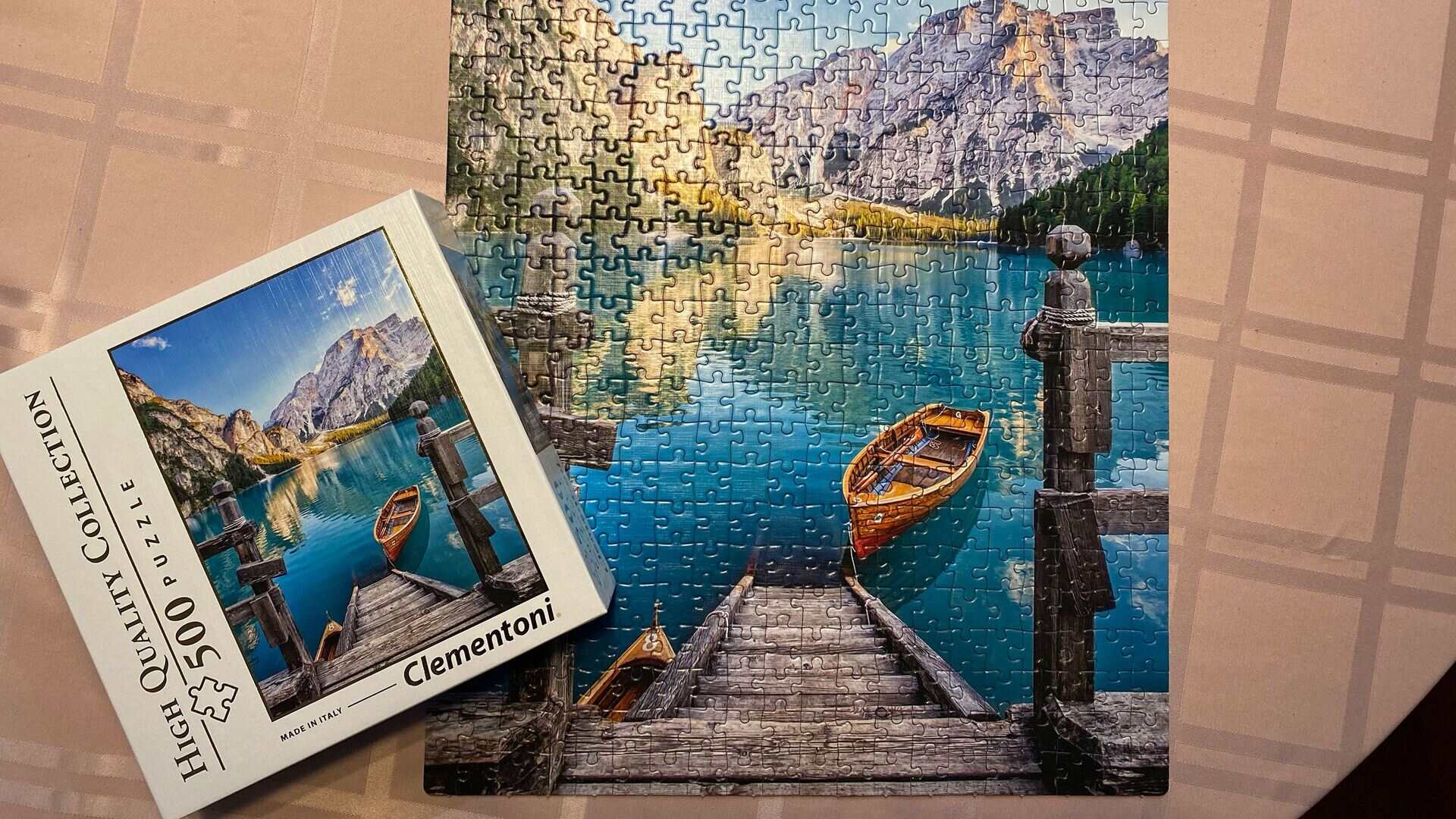
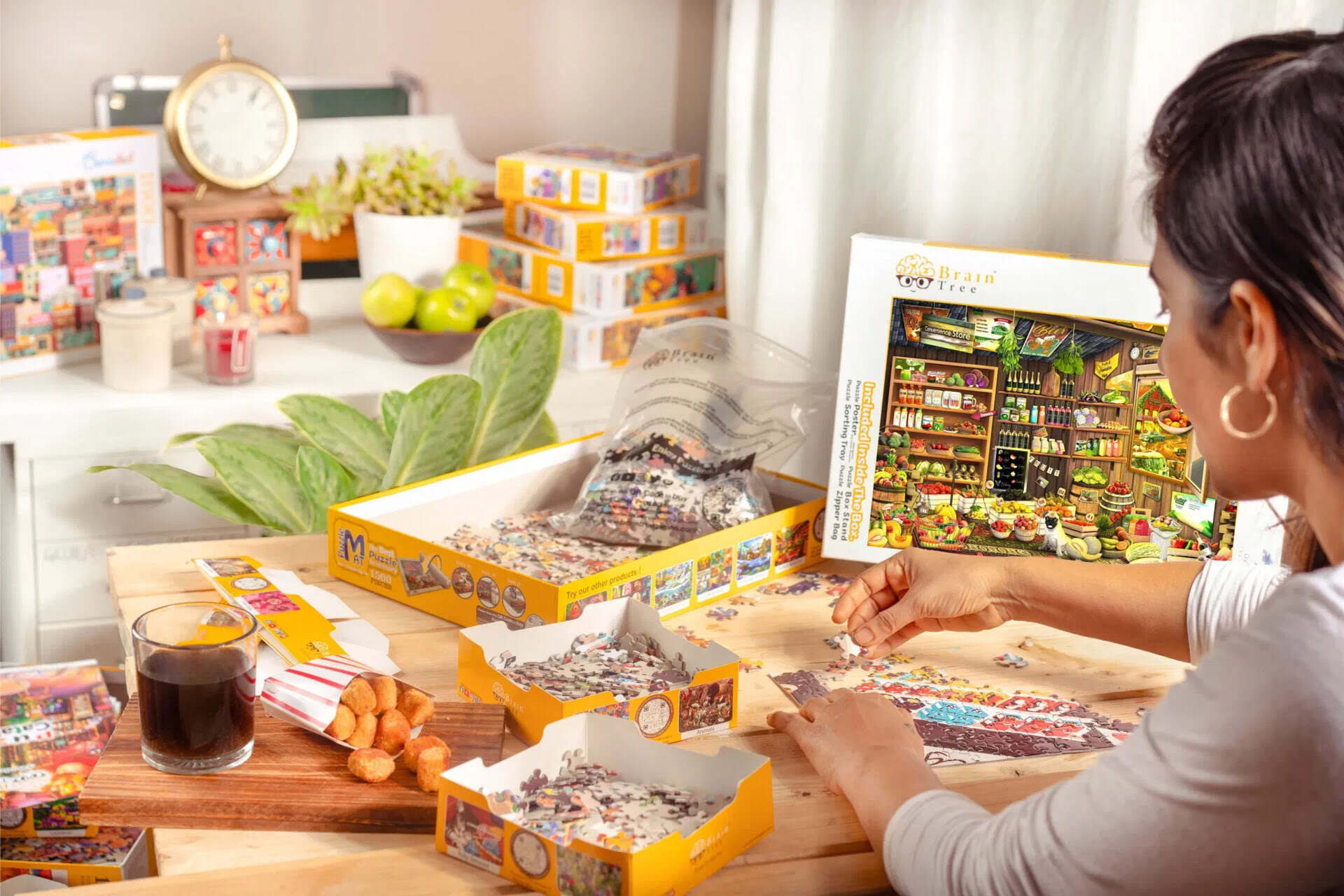
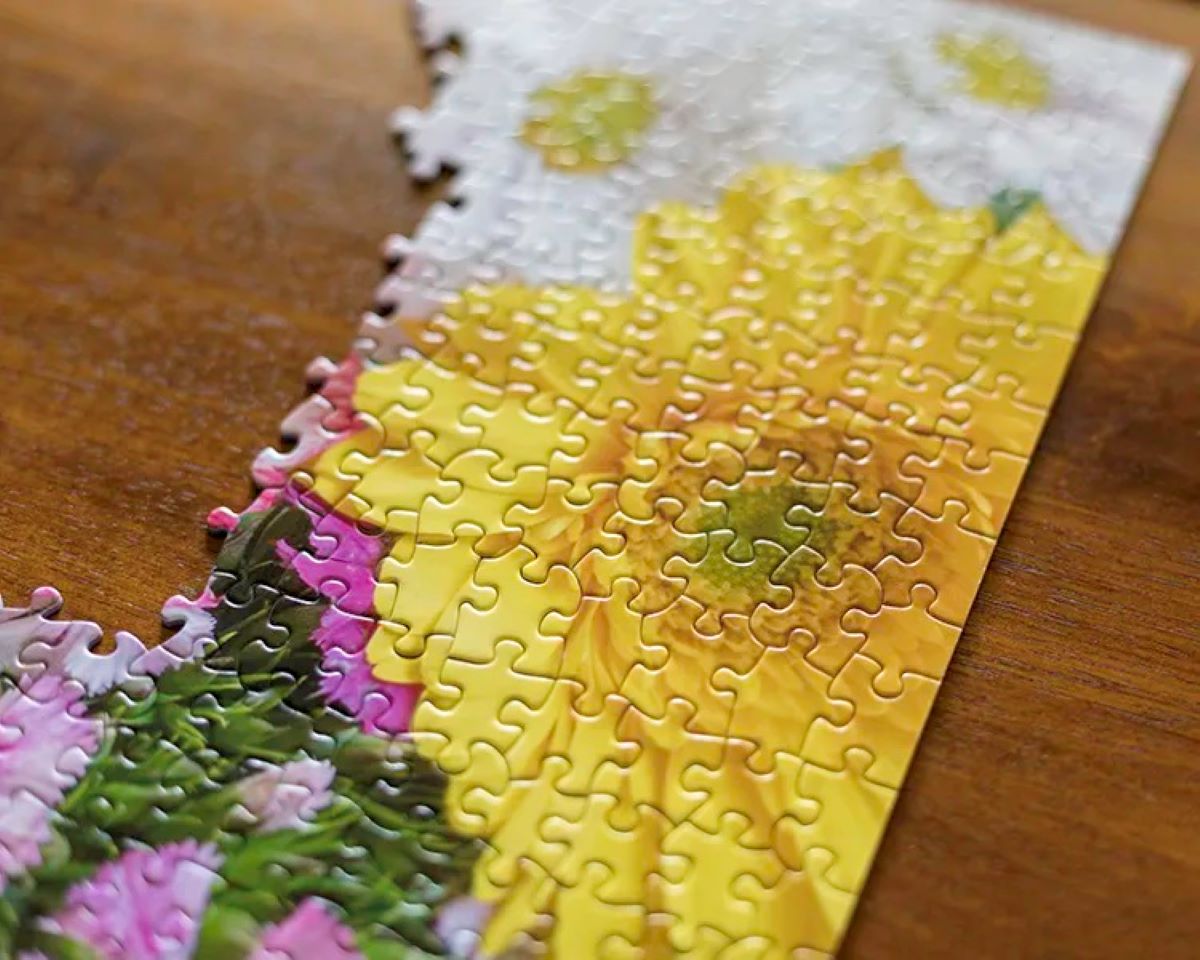
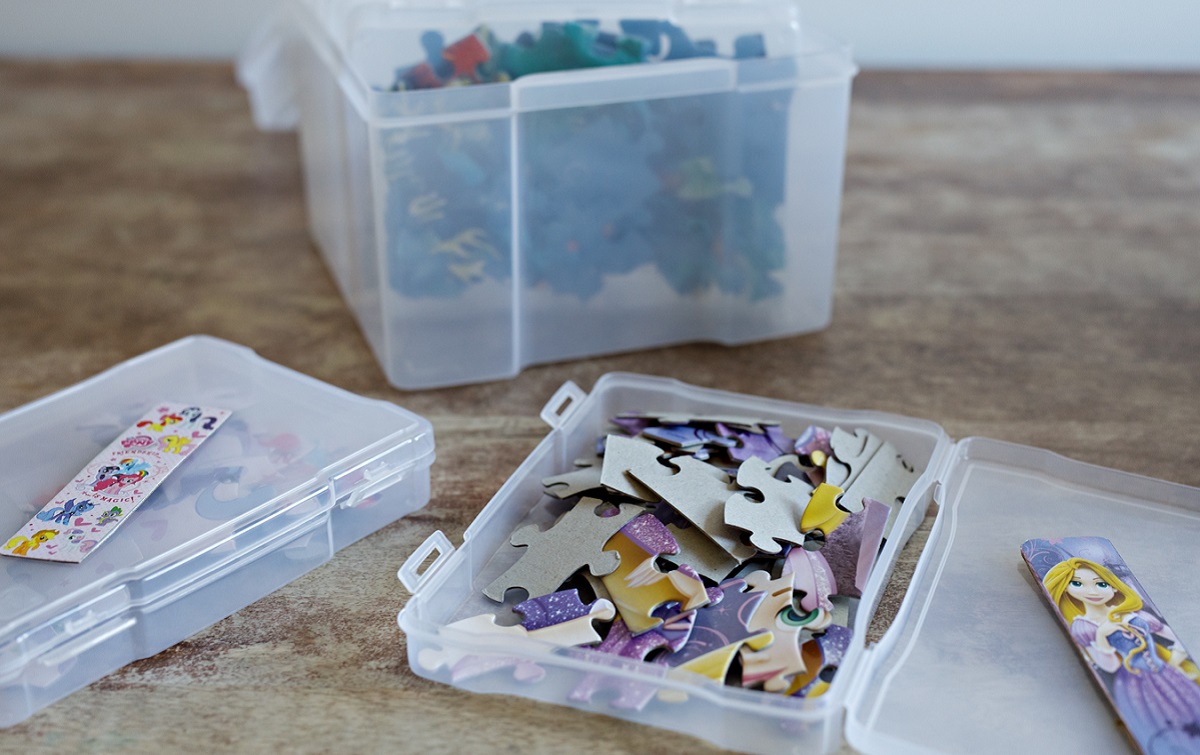
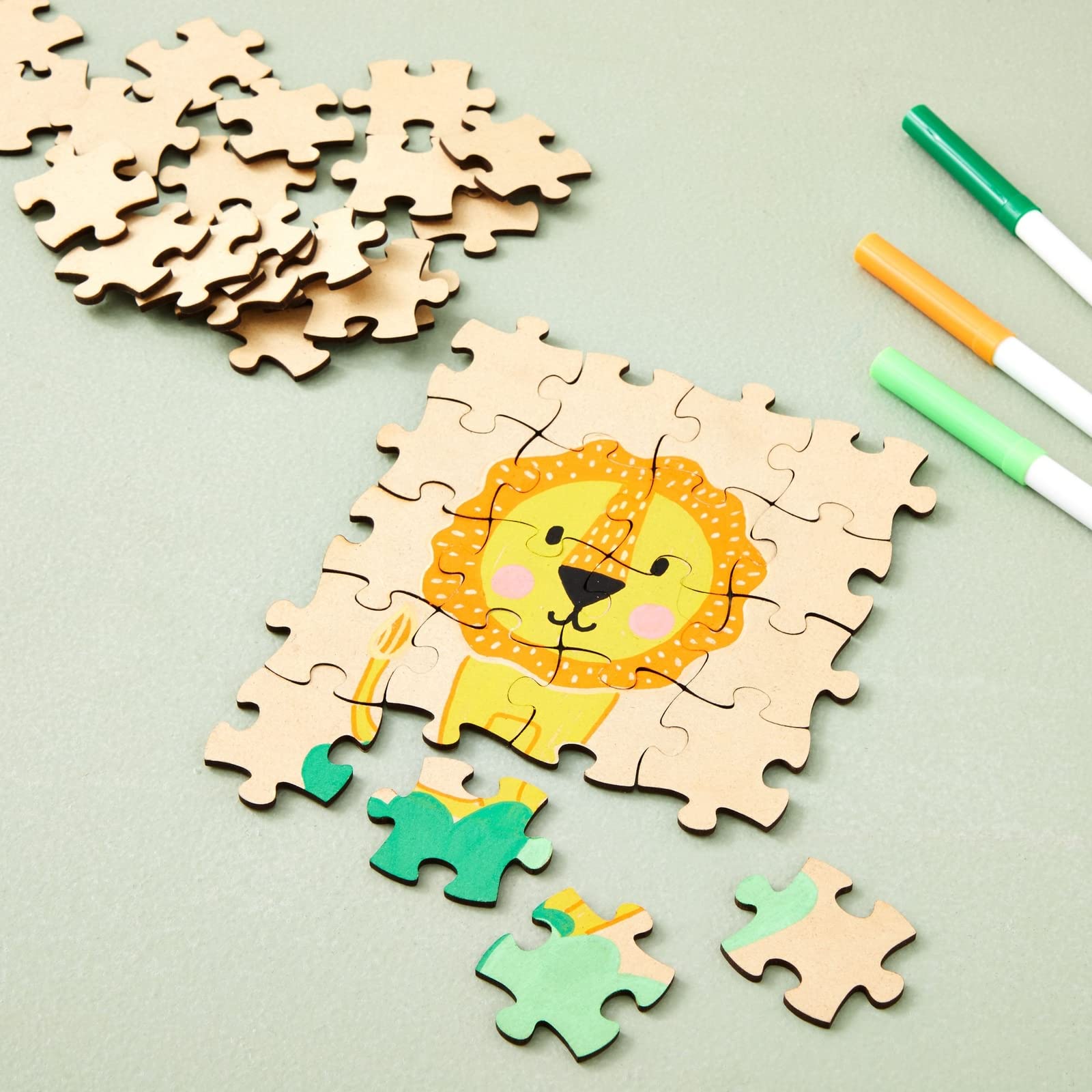
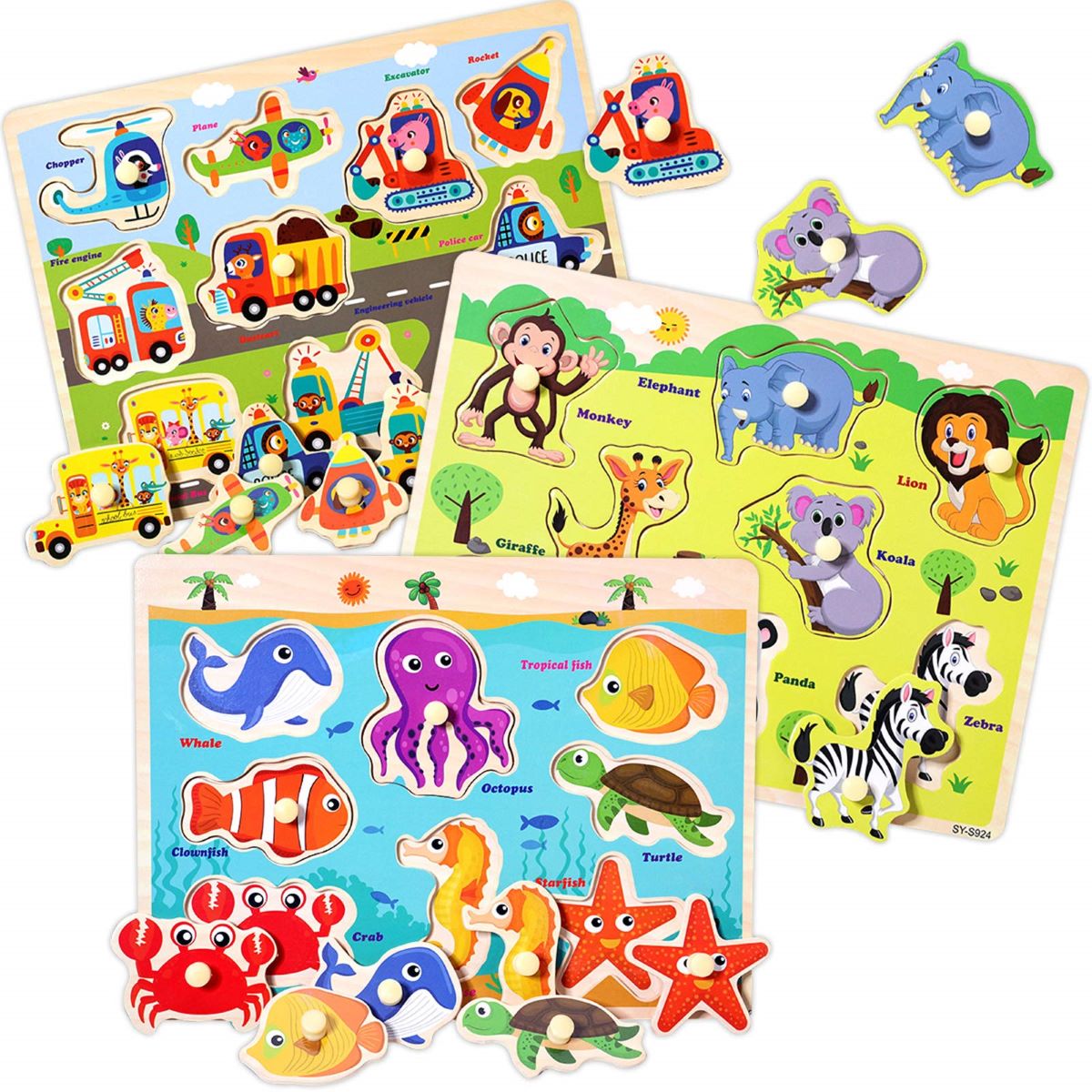
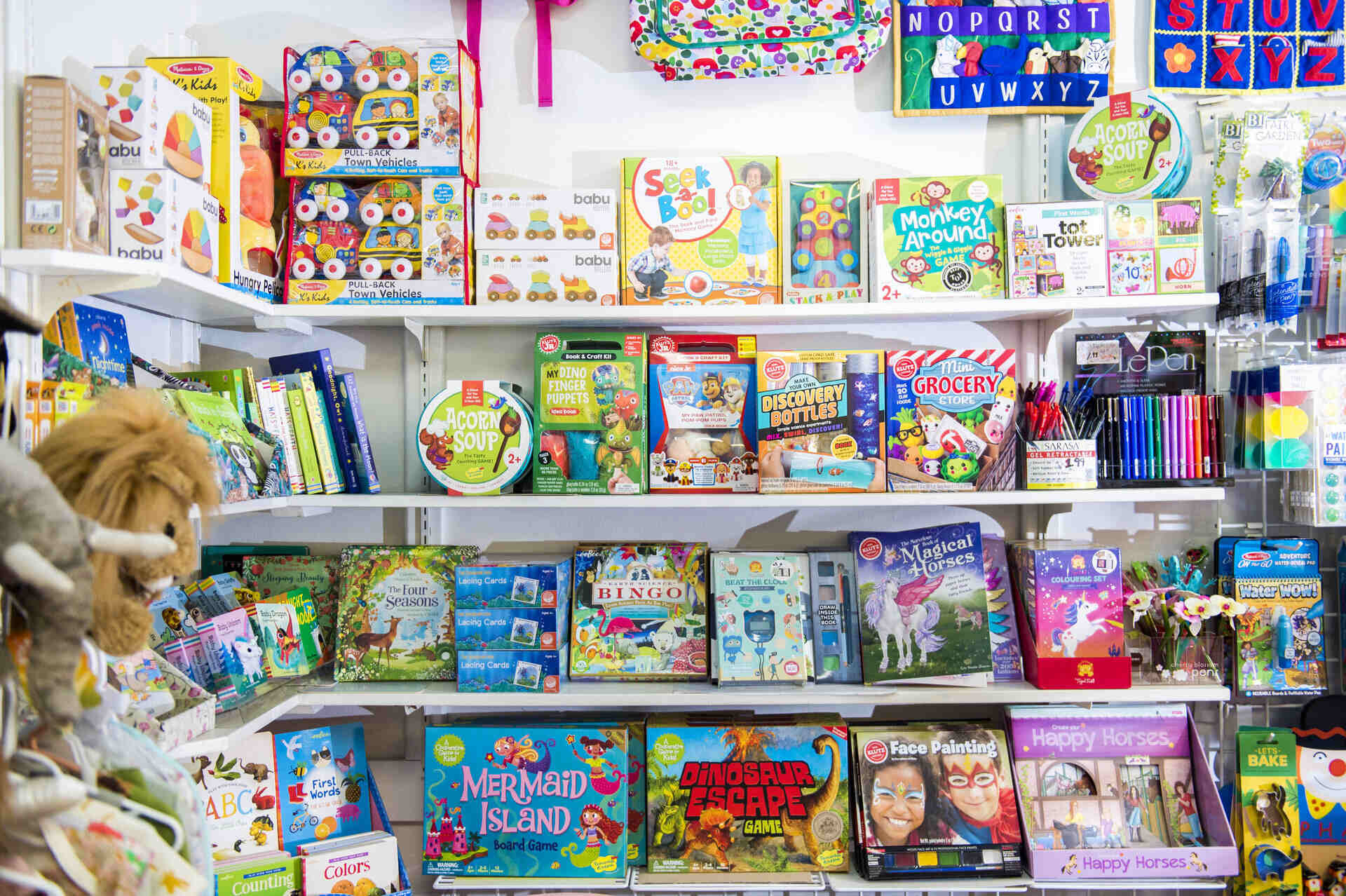
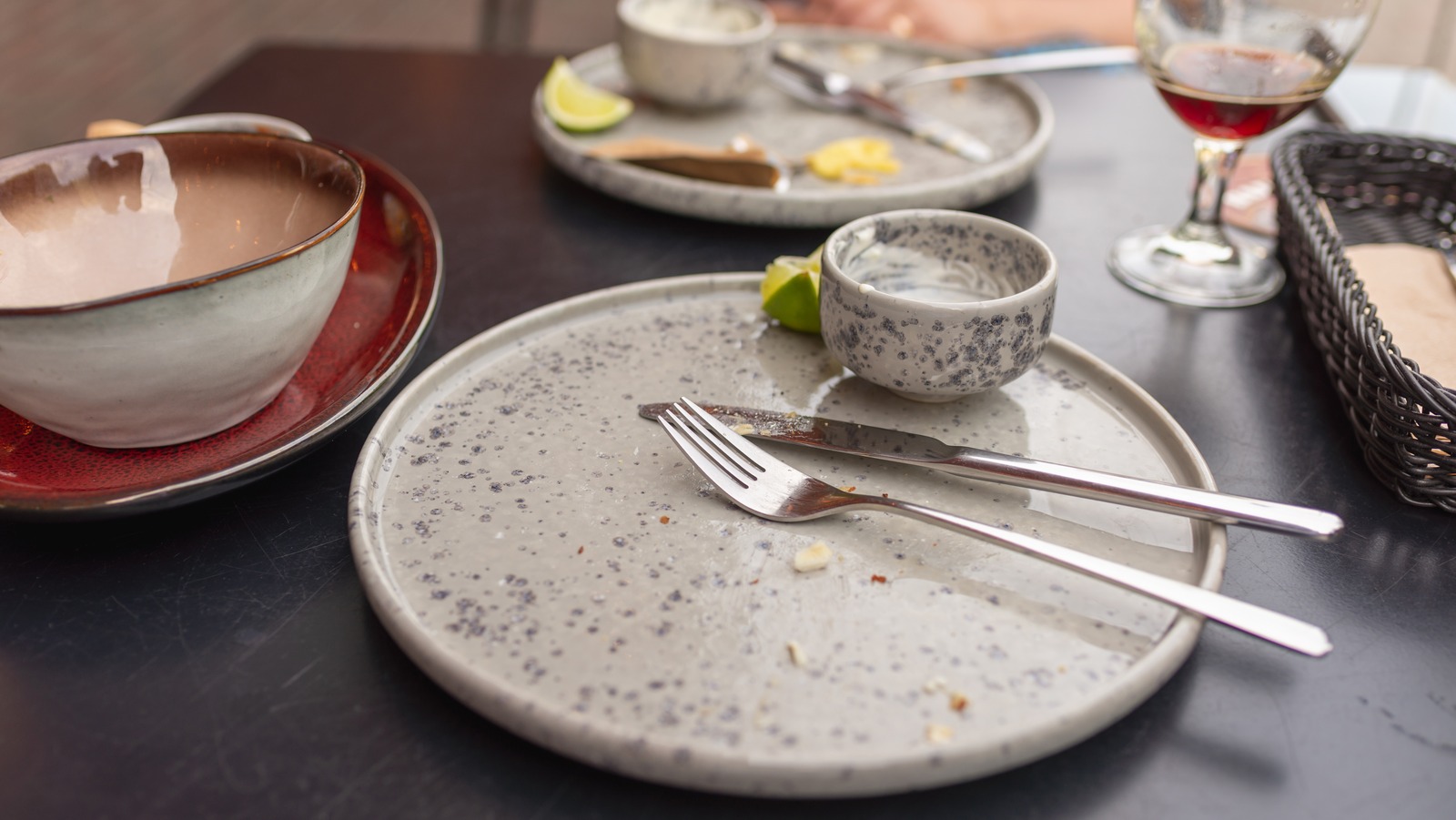

0 thoughts on “How To Store Puzzles When Done”